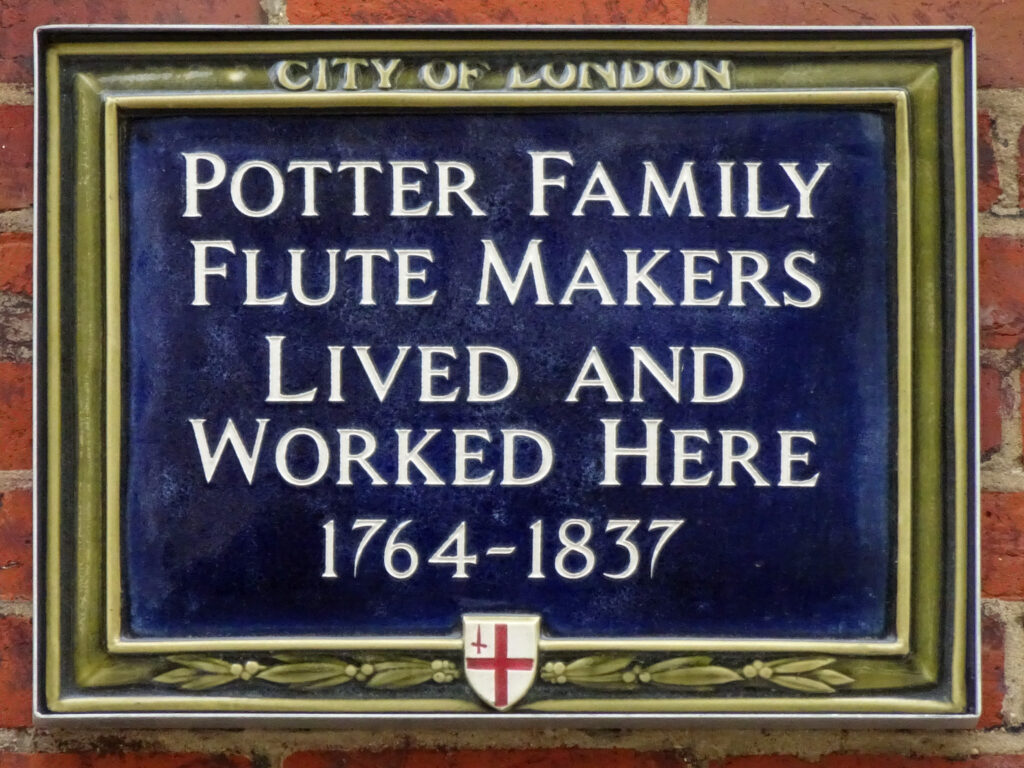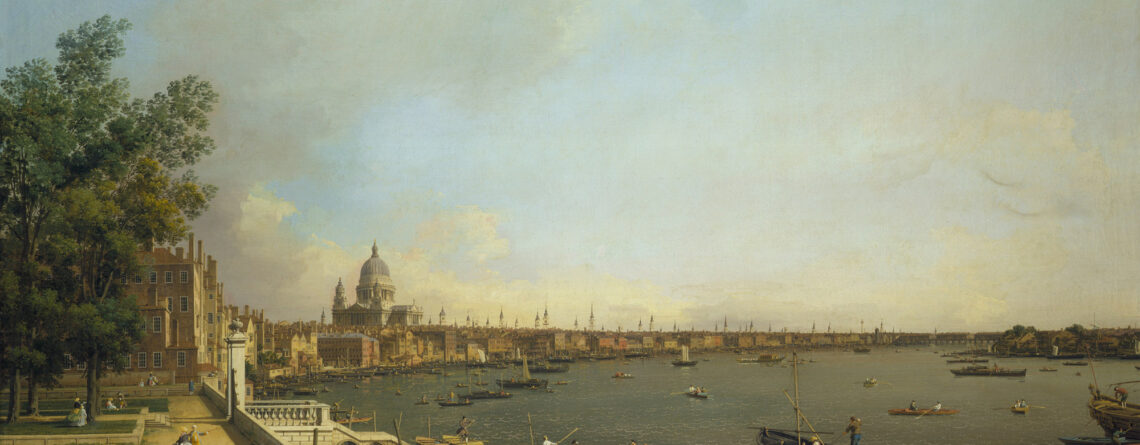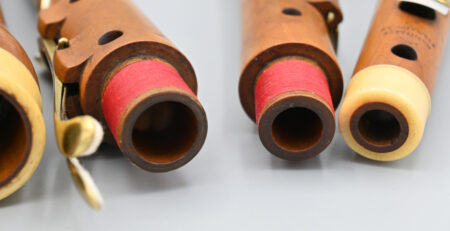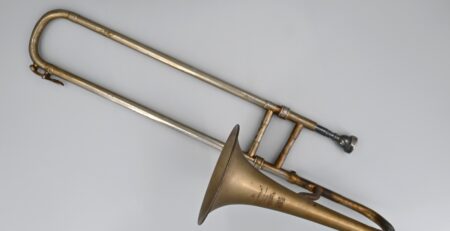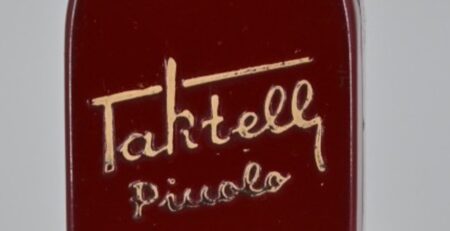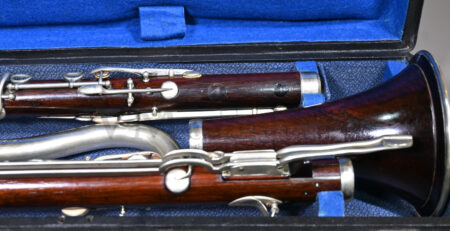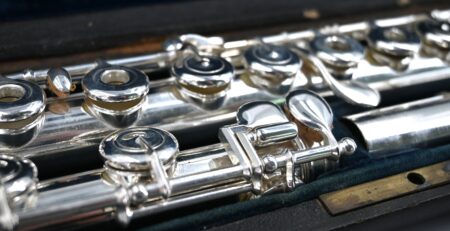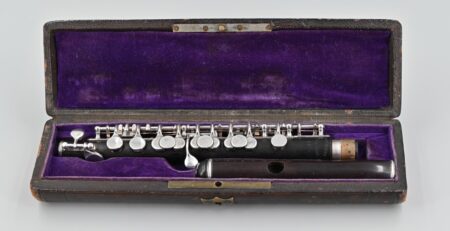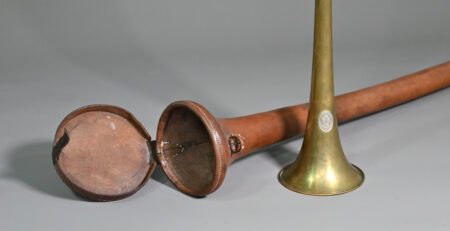The Potters of Pemberton Row
The Potters were a celebrated family of woodwind instrument makers and musicians working in the Classical Period in central London. Their story is a fascinating one and the subject of much detailed research specifically about flutes as they were flute specialists. Surviving Potter flutes outnumber by far those of other makers as they made and sold a huge number of flutes. They were extremely successful – enough to have a workshop and separate family home, which still stands today.
Richard POTTER (1726-1806) – son of a lavender grower
The story begins with Richard Potter. He was born in 1726 in Mitchem in Surrey, England. He wasn’t the son of an instrument maker – his father was a lavender grower. In 1740, when he was just 14, he left home and went to London where he started an apprenticeship as a turner under John Bickerton. After his apprenticeship ended, and following his journeyman years, he set up on his own around 1745. He married Mary Frances HUDDLESTON (1733-1799) in 1754. His business must have been flourishing then because in 1764, he acquired 5 Pemberton Row in the region of Fleet Street where he lived and worked.
Richard’s flutes
Richard Potter’s first flutes had a small, round embouchure and were fitted with a single square key. They featured a regular cork stopper and were often supplied with an extra middle joint. Later flutes had an oval-shaped embouchure and then in the 1760s more new keys were added.
Richard’s flutes were extremely well received and he was very successful and he moved premises several times. He became Master of the Turner’s Company in 1782. Then in 1785, he decided to separate his home from his business with the purchase of an extra property, a separate shop, just around the corner, at 5 Johnson’s Court.
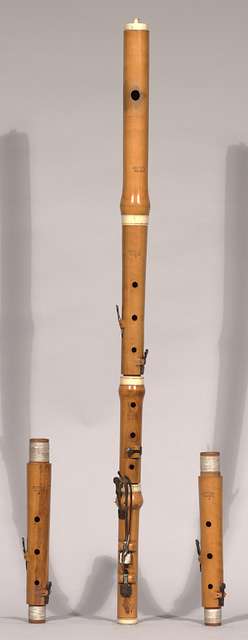
That same year 1785 was a landmark in the history of flute making. Richard patented several innovations for the English ‘German Flute’ of the time. The patent was number 1499. He didn’t invent the features of the patent, but incorporated them into the patent itself. These were his famous pewter plug keys (or valves as he called them), a tuning slide, a screw cork adjuster and a register.
With the new pewter plugs, there was no need to fit the keys with leather pads. The metal tuning slide in the head joint made it possible to adjust the pitch. This meant that middle joints were no longer needed. The screw cork adjuster did exactly what its name says – it adjusted the position of the cork. The register in the foot joint consisted of metal tubes to adjust the length of the joint.
It appears that the resulting Potter flutes had a more even tone. This was because players didn’t have to deal with difficult cross fingerings as they had more keys. The metal-lined head joint gave the flutes a brighter sound too. They were a winner and the Potter business boomed!
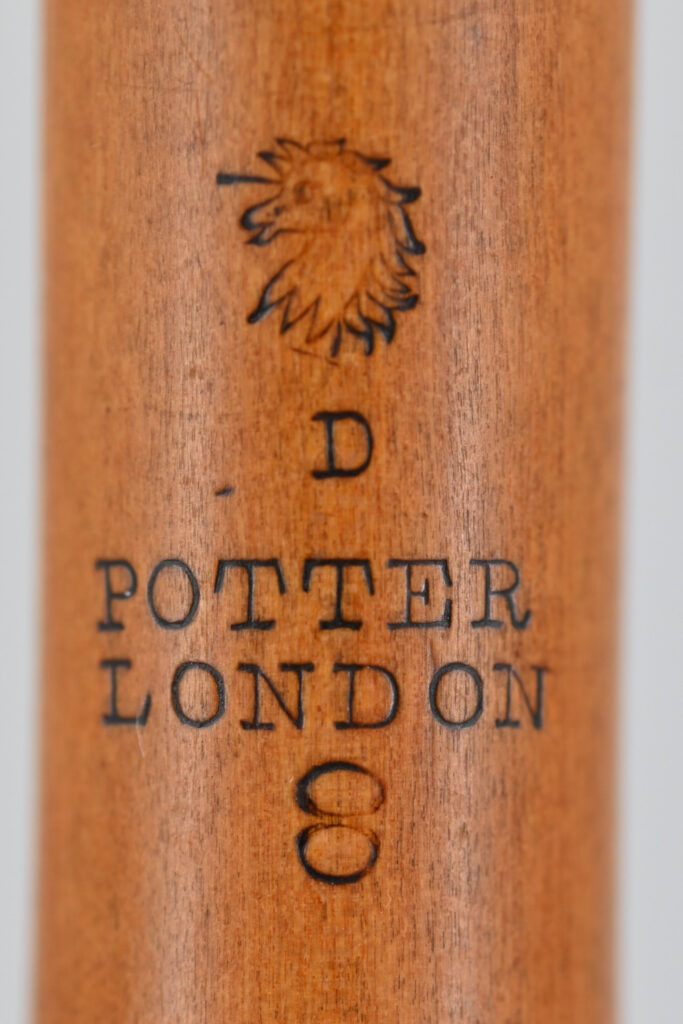
Five Potter children
Richard Potter and his wife Mary Frances had five children – two boys and three girls. The first born was Richard Huddleston Potter (1755-1821). We can only guess that he was given his mother’s maiden name to differentiate him from his father. Richard Huddleston Potter was apprenticed to his father, but it is not certain how much involvement he had in the family instrument making business.
He was a successful musician and had little time for anything else! He was an organist, flutist and oboist. He also played the viola as one of the thirty original members of the orchestra of the Philharmonic Society, founded in 1813. He married Charlotte BAUMGARTEN (1757-1837), the daughter of the famous bassoonist Samuel Christian BAUMGARTEN (1724-1798) and one of their children was Philip Cipriani Hambley Potter (1792-1871). ‘Cipriani’ had no interest in instrument making. He was a composer, pianist, conductor and teacher who became principal of the Royal Academy of Music. Cipriani’s brother George William Killet Potter (?-1871) was also a turner and likely to have been involved in the instrument making firm.
William Henry Potter (1760-1848)
William Henry was Richard and Mary’s second son. He was born in 1760 and like his father, began his apprenticeship at the age of 14 in 1774. After successful training, he was granted the freedom to work and trade as a turner by the Turner’s Company in 1788 and became Master of the Turner’s Company in 1805. His father retired and then died in 1806, at which point William Henry took over.
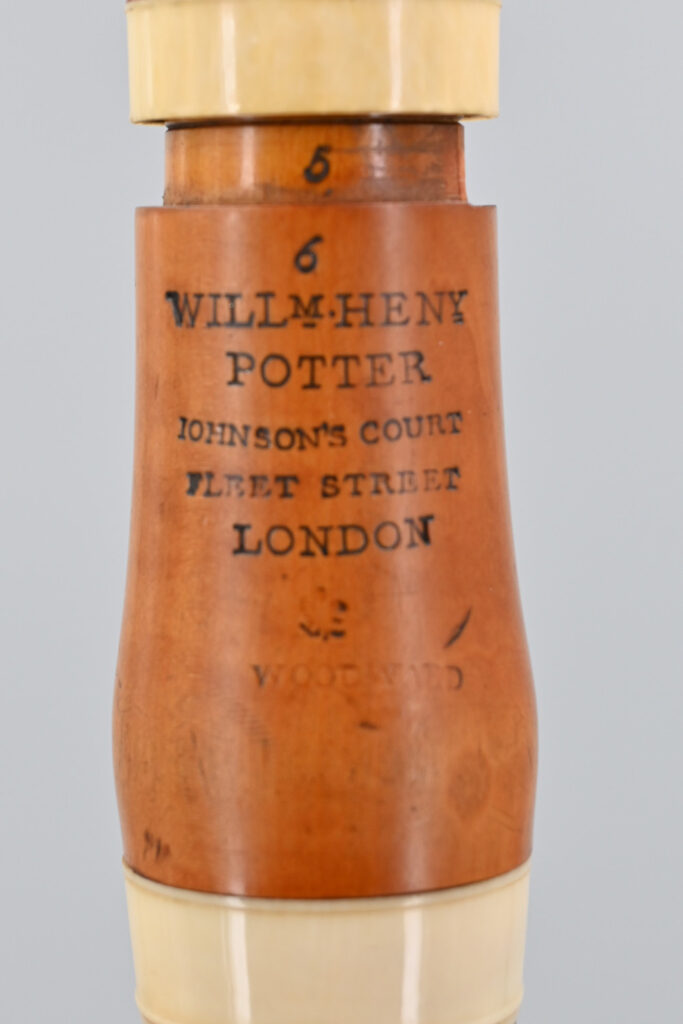
William Henry continued making flutes in the same style as his father but did experiment with different woods, such as ebony rather than mainly boxwood. His instrument production included more seven-, eight- and nine-keyed flutes. The flute tone holes were also bigger than those of his father. He even had his own patent, in 1808, number 3136 for a glide mechanism or portamento. It was used to enable the player to slide the finger on or off a tone hole. In this case it was a spring mechanism on the key. It seems the idea really didn’t take off.
William Henry Potter had a thriving business, eventually moving back to the family home in Pemberton Row. He retired and moved to Bromley in Kent in 1837 at the age of 67… a millionaire in today’s money. He had amassed a huge fortune which was shared out among family members and servants, as he died unmarried in 1848.
Blue plaque commemoration
The Potter story is important, especially since Richard Potter was involved in the development of the flute from the Baroque one-keyed instrument, right through to the more-keyed flutes. The flutes were sold worldwide with music dealers and suppliers stocking Potter flutes. Londoners are proud of the notable women and men who worked in the capital. This is why a blue plaque was erected on 21 July 2021 in London at 5 Pemberton Row to commemorate – “Potter family flute makers lived and worked here 1764-1837.

